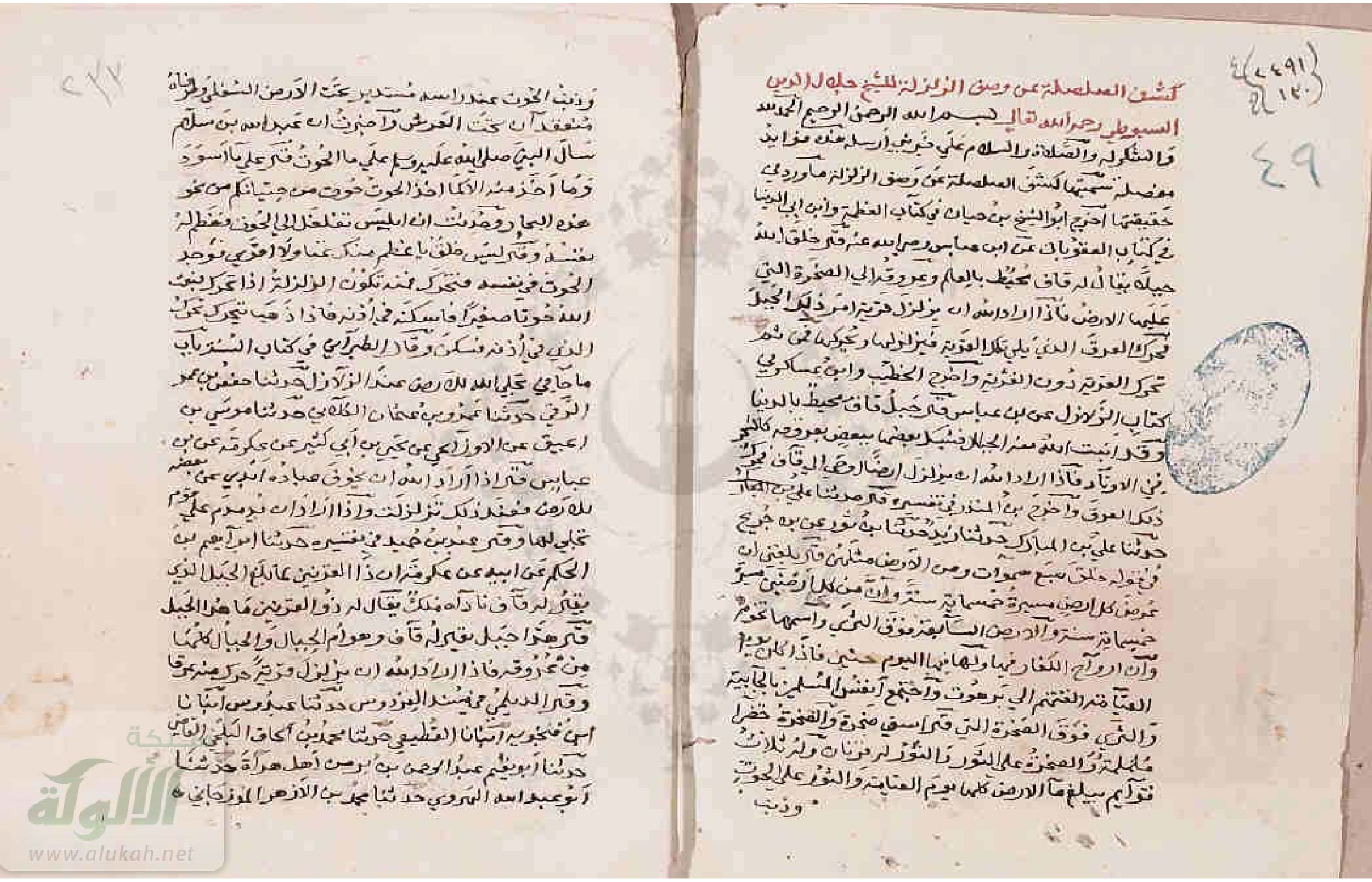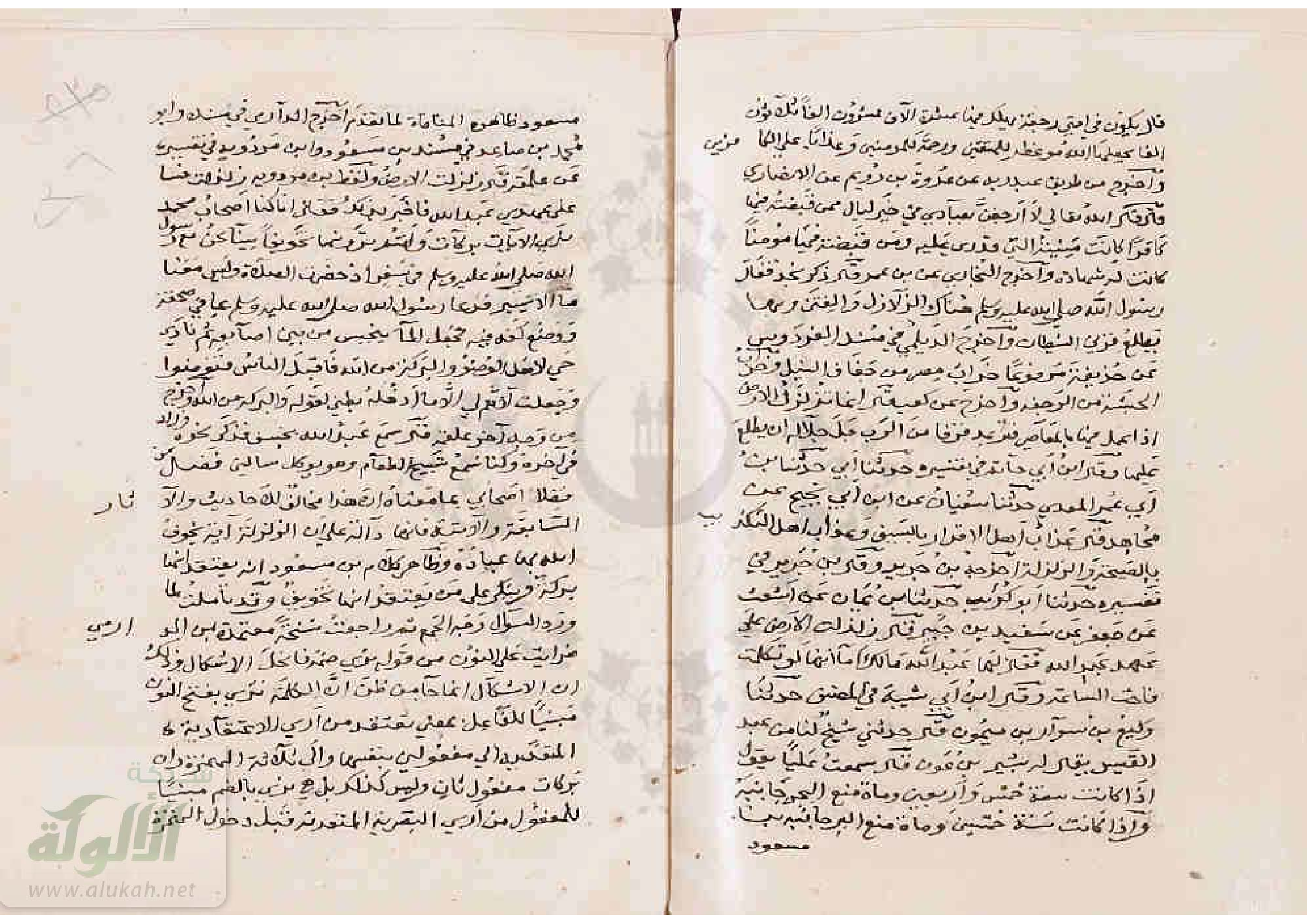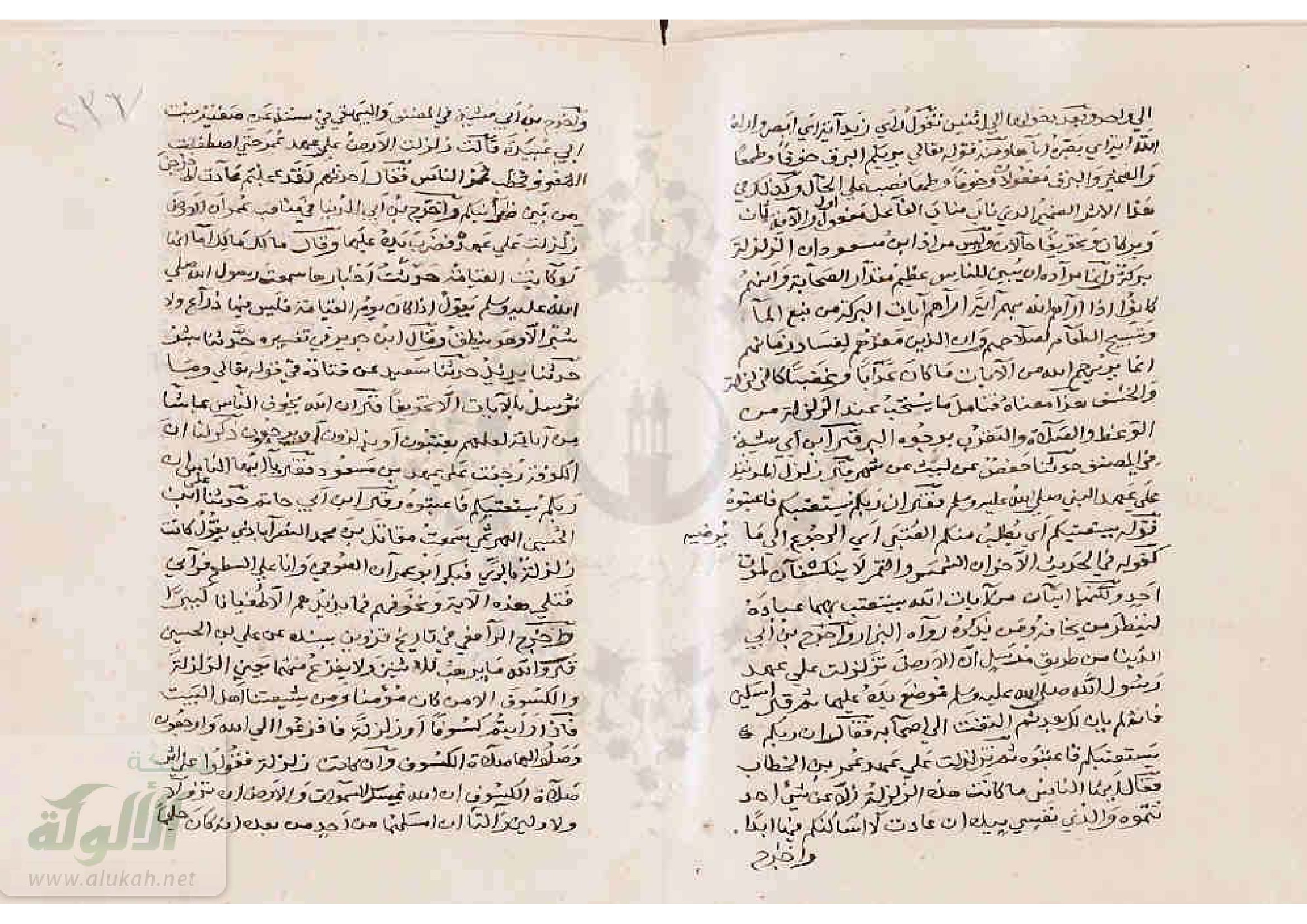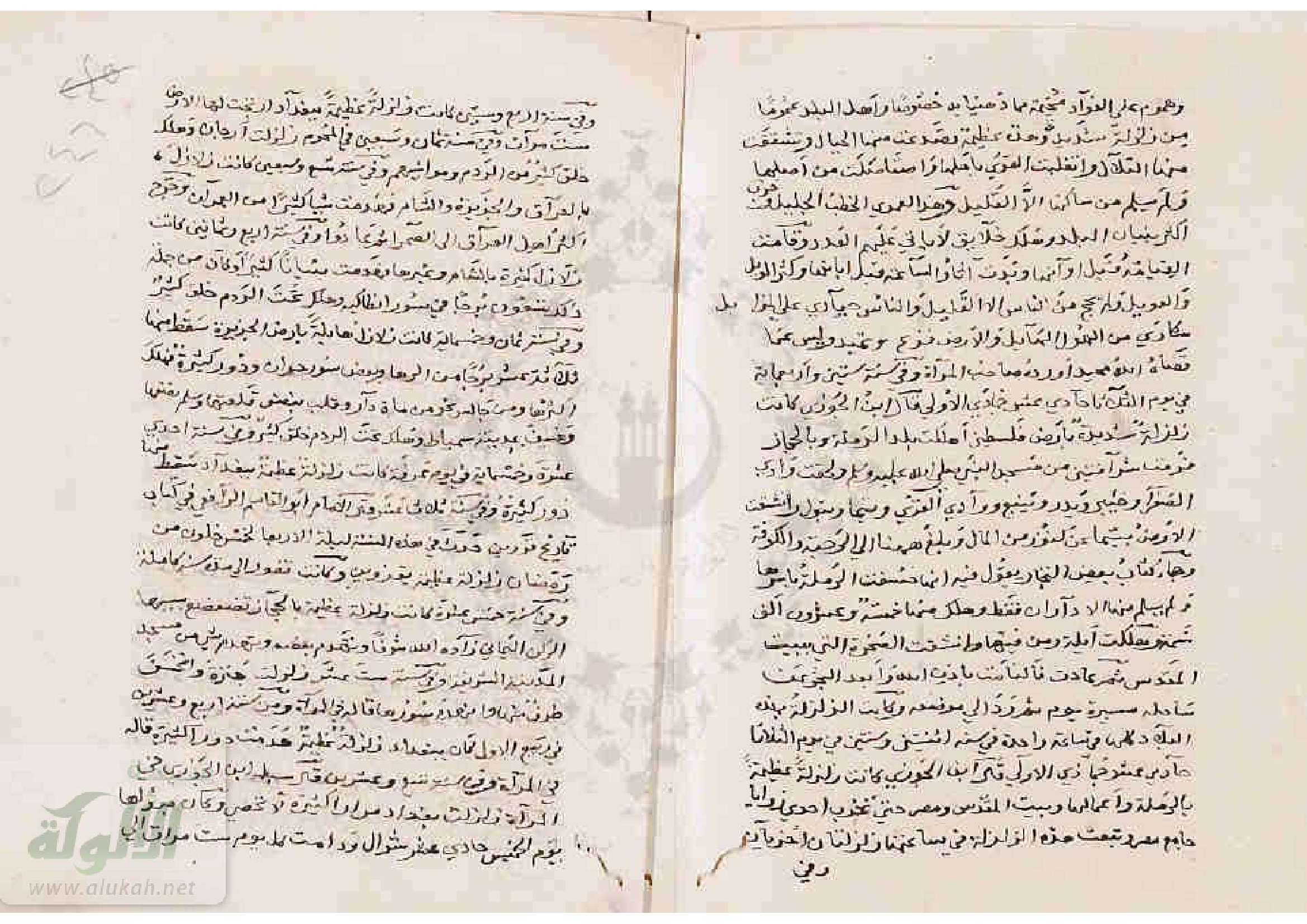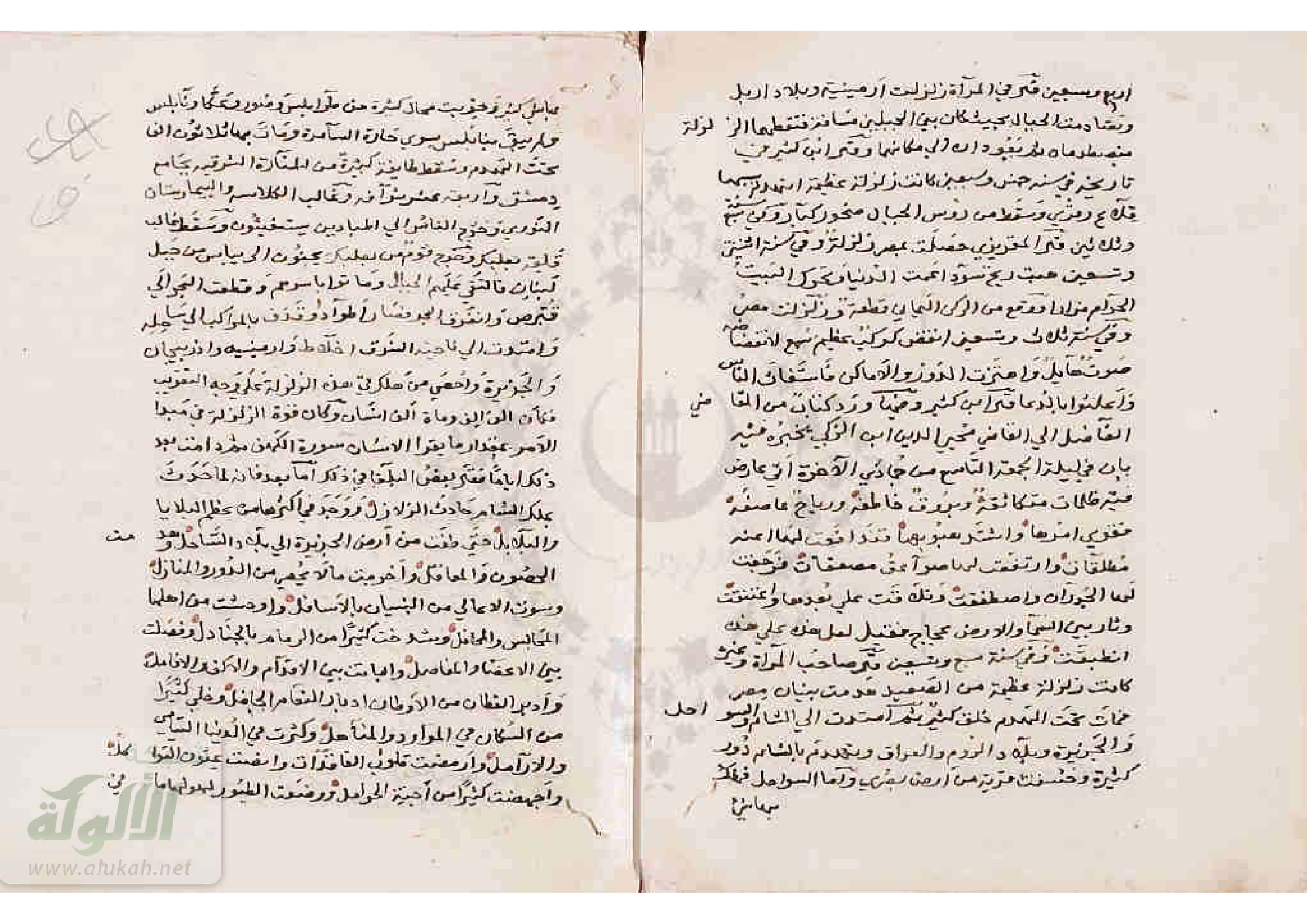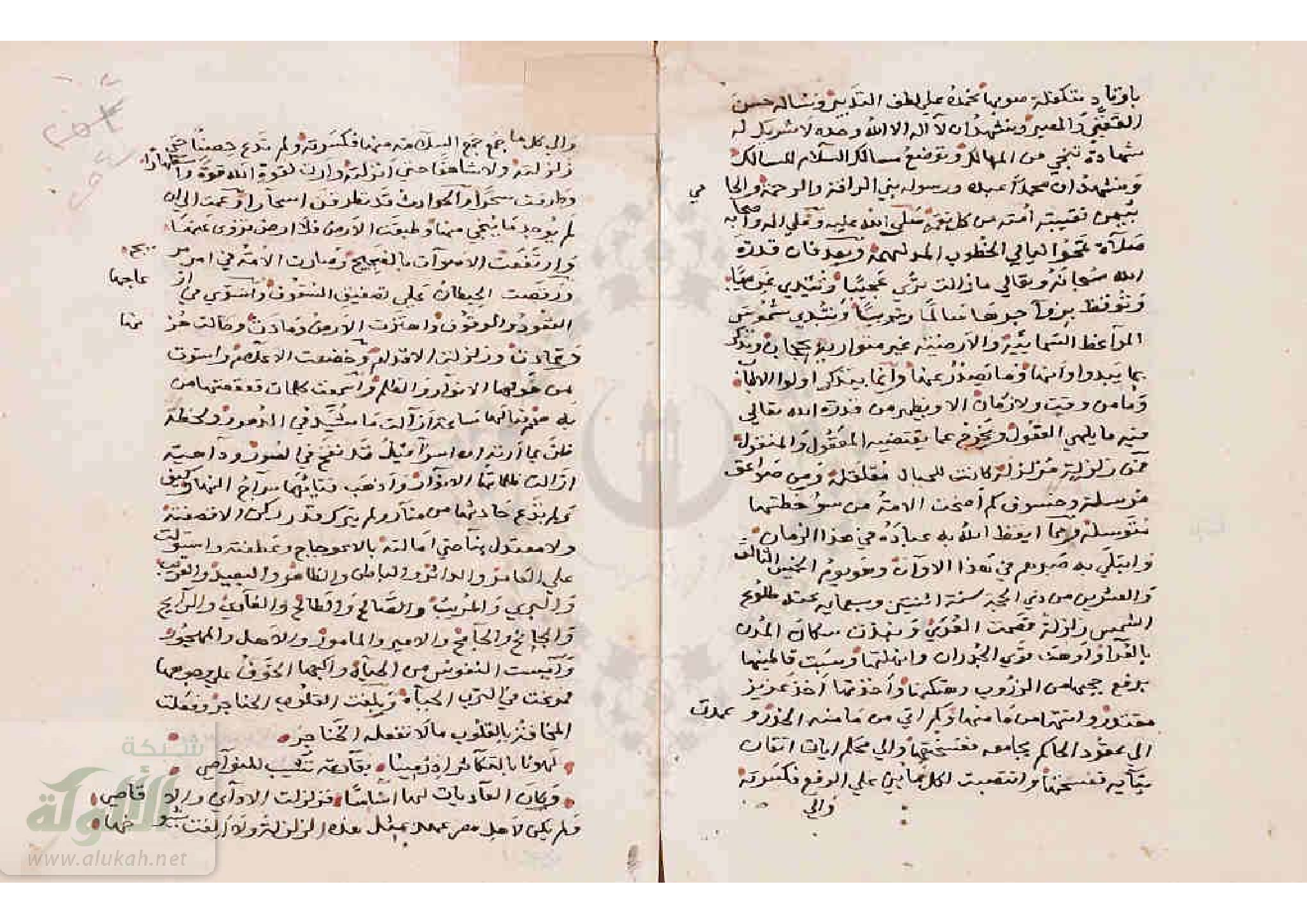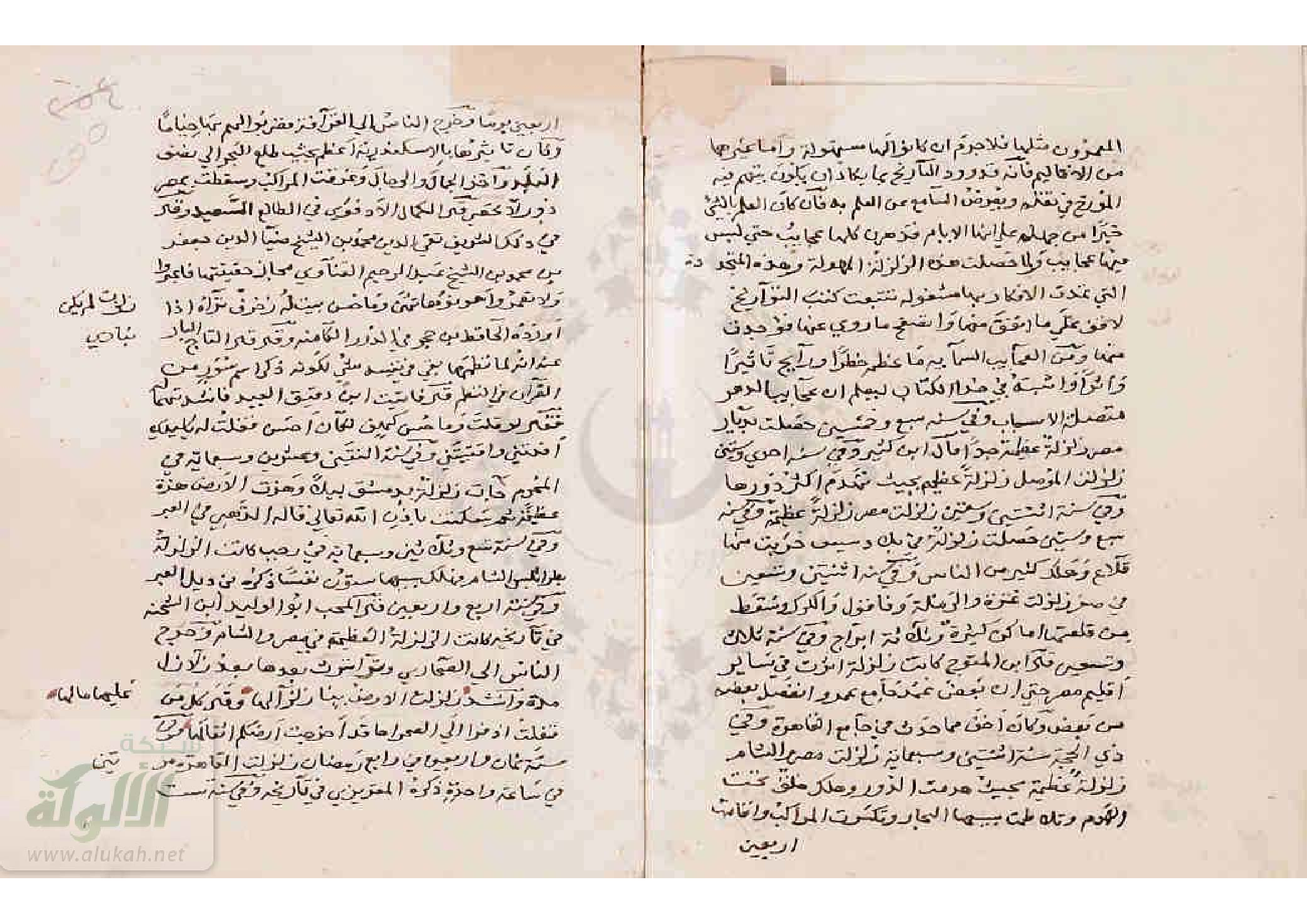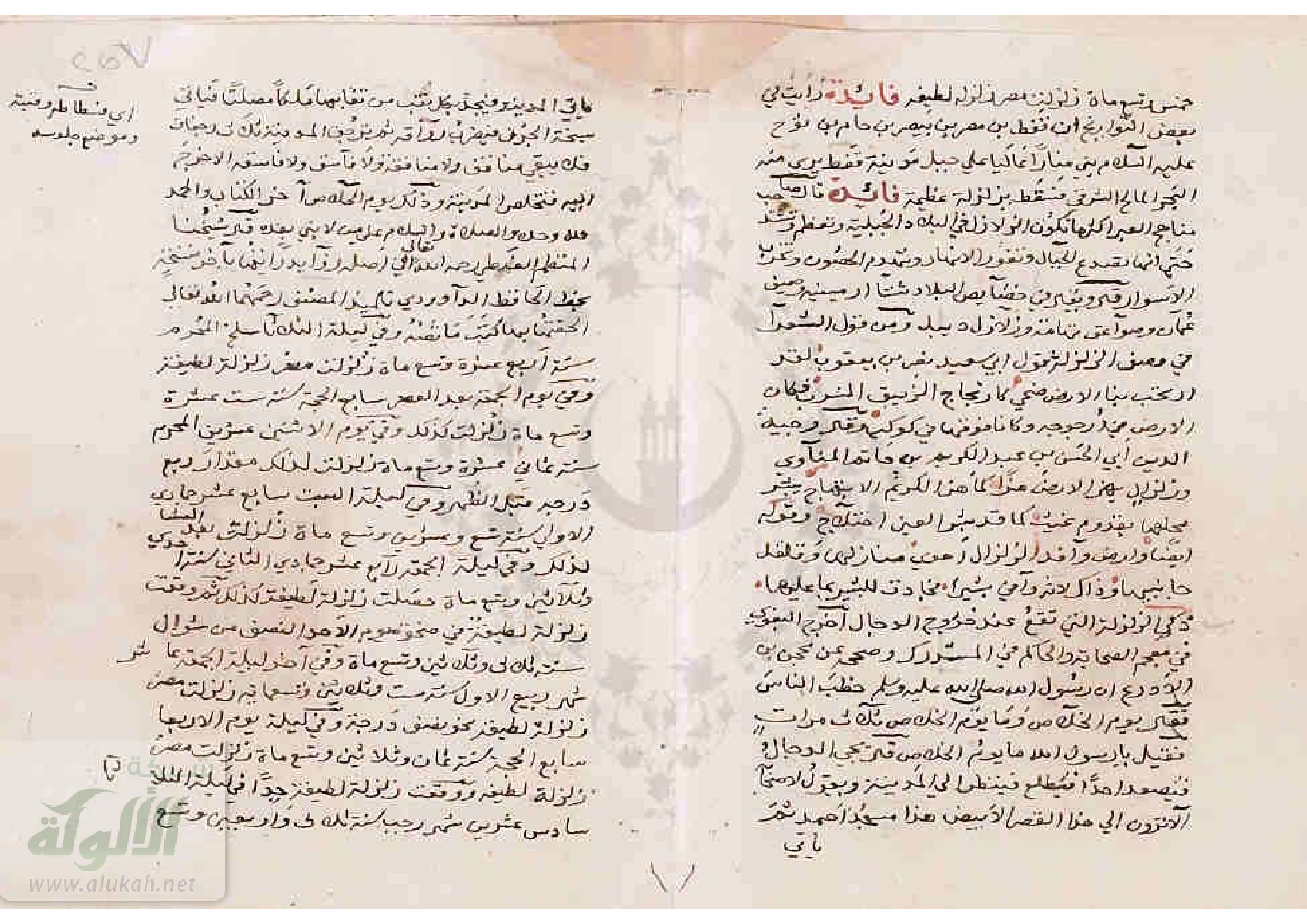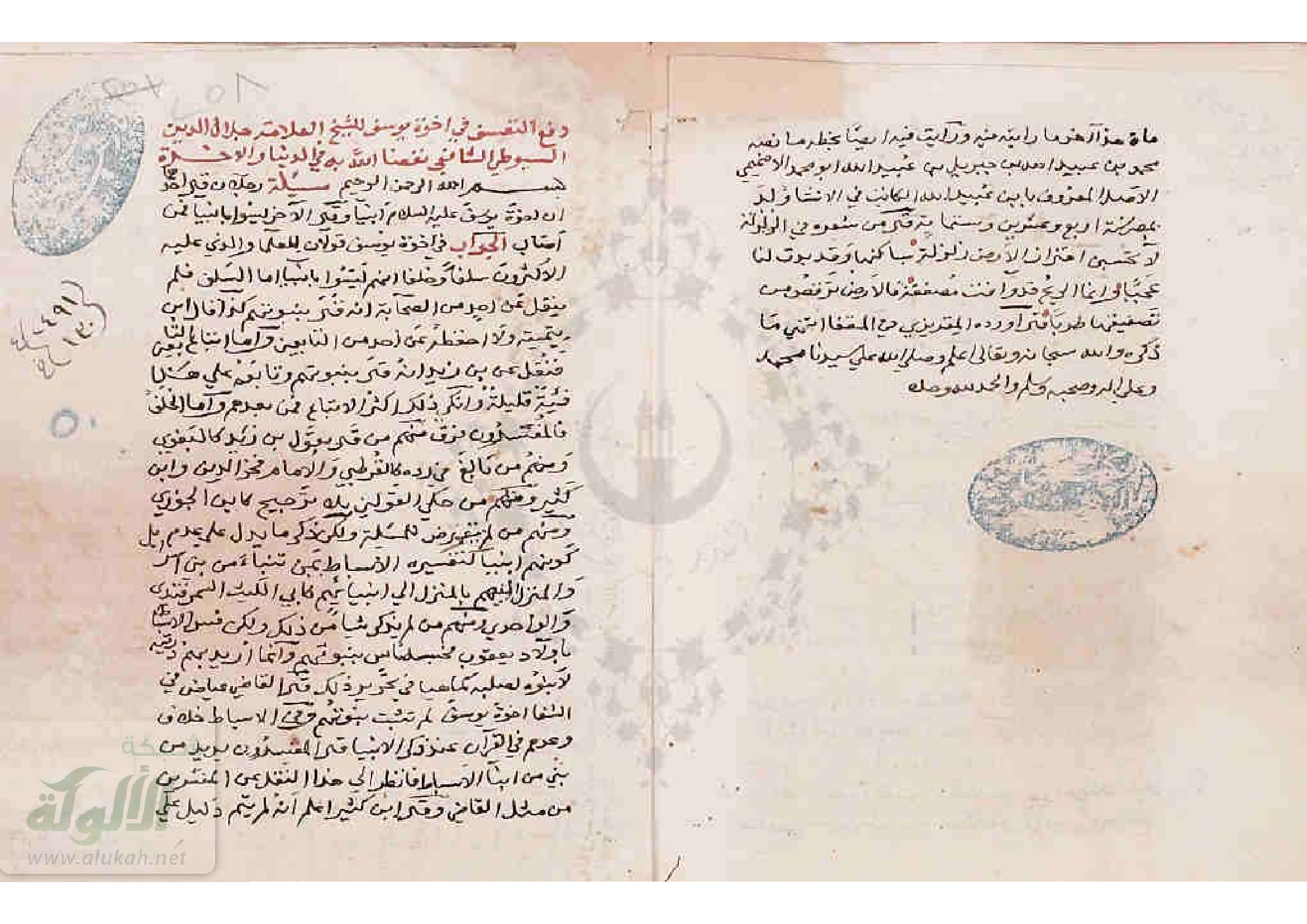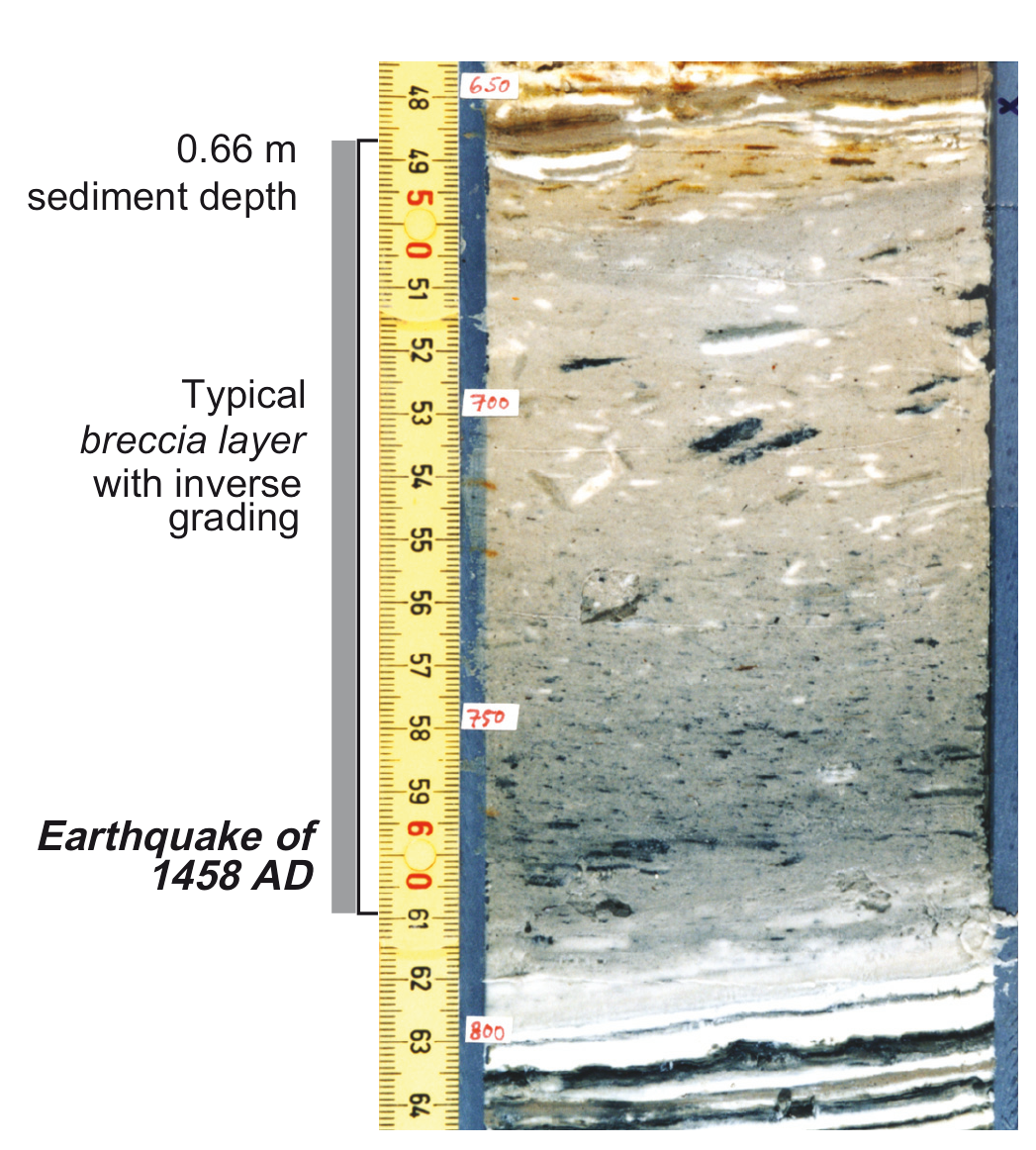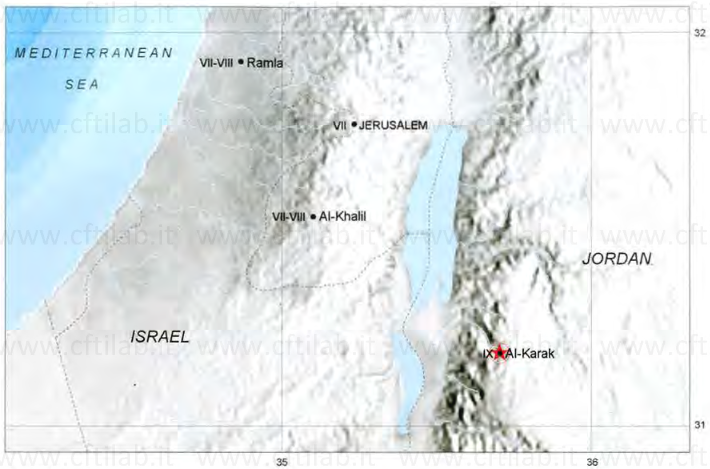
Fig. 127 (Guidoboni and Comastri, 2005 )
(324) 1458 November 8 or 16 Al-Karak [western Jordan]
- sources 1 Ibn Taghribirdi, Hawadith, VIII/2, p.319; Nujum, XVI, p.127; al-Uns, p.400; Ibn Iyas, BadaT , II, p.350
- sources 2 al-Suyuti, Kashf, p.58
- literature Taher (1979); Klinger et al. (2000)
- catalogues d. Amiran et al. (1994); Ambraseys et al. (1994)
- catalogues p. PPoirier and Taher (1980); al-Hakeem (1988)
In the month of November 1458, a strong earthquake struck southern Palestine. At
Al-Karak, part of the citadel was destroyed, most of the town walls collapsed, as well
as the government building and many houses and towers. There were about one hundred
victims. Minarets collapsed at Ramla and Al-Khalil (Hebron). Part of a minaret
collapsed in Jerusalem, as well as the great dome next to the church of the Holy
Sepulchre. The shock was felt to a slight extent in Cairo.
There is some uncertainty as to the day when the earthquake occurred. The contemporary
Arab historian Ibn Taghribirdi deals with the event in two of his works: in
Hawadith he records the date as Thursday 9 Muharram (16 November); while in
Nujum it is given as Wednesday 1 Muharram (8 November). The days of the week correspond
correctly to the dates. Other Arab writers, all of whom lived in the second half
of the 15th century and were only a few years old at the time of the earthquake, simply
give the month or the year of the earthquake. In Hawadith, Ibn Taghribirdi provides
the most detailed overall description of the earthquake:
On Thursday 9 [of Muharram = 16 November 1458], there was a minor earthquake at
new Cairo, but it was sufficiently strong in Syria to cause the collapse of most of the
town walls, the government building and many dwellings in the town of Karak.
Furthermore, the minaret collapsed in the town of Ramla, as well as another minaret
at Khalil, part of a minaret in Jerusalem and the great dome which was close to the
Qumama [the church of the Holy Sepulchre].
In Nujum, Ibn Taghribirdi simply records the earthquake effects at Al-Karak:
At the beginning of the month [of Muharram] there was a terrible earthquake in the
town of Karak, which destroyed various parts of the citadel, including houses and towers.
It was Wednesday [8 November].
Al-Ulaimi mentions some effects at Jerusalem, his native city:
A minaret overlooks the Zawiya al-Darka [a building in the city], part of which was
destroyed in the earthquake which occurred in the month of Muharram 863 [of the
Hegira = 8 November - 7 December 1458].
The information provided by Ibn Iyas is in more general terms:
In that month [Muharram], there was an earthquake in new Cairo, but it was slight.
A similar one occurred in the region of Syria, but there it was a strong and violent
shock, causing the collapse of a great number of houses in Jerusalem and Khalil.
al-Suyuti specifies the number of victims at Al-Karak, which does not appear in the other
sources:
A violent earthquake destroyed a large part of the citadel and its towers at
Karak. A hundred people were killed" [863 H. = 8 November 1458 - 27 October 1459].
Poirier and Taher (1980, p.2193) date this earthquake generically to the year 1459 and
give the single locality of Al-Karak an intensity of grade VIII MM. Amiran et al. (1994,
pp.270-1) give three incorrect dates (1456, 1457 and 1459) for this event, though they
indicate that it may have been a single occurrence. Ambraseys et al. (1994, pp.49-50)
prefer to date the earthquake to 12 November 1458, because two other unpublished
Arab authors agree on that date, and give it an epicentral intensity of class D which is
equivalent in their classification to a range from between damaging and destructive
(approximately VII to IX MSK).
